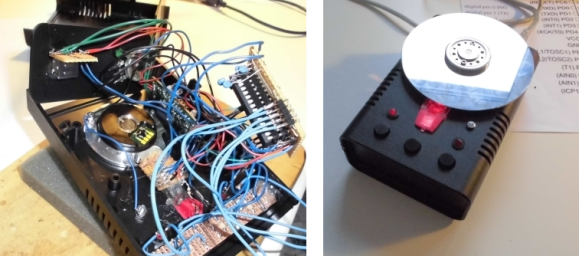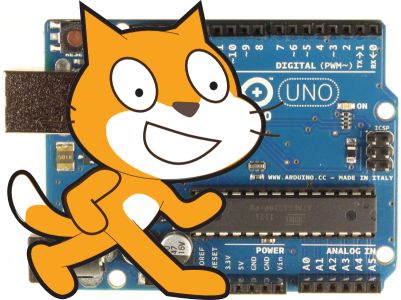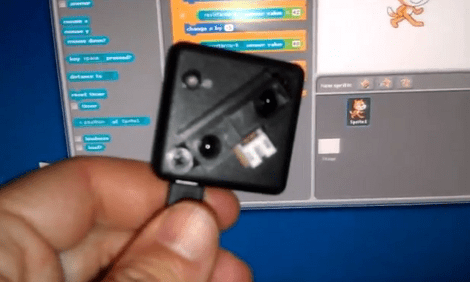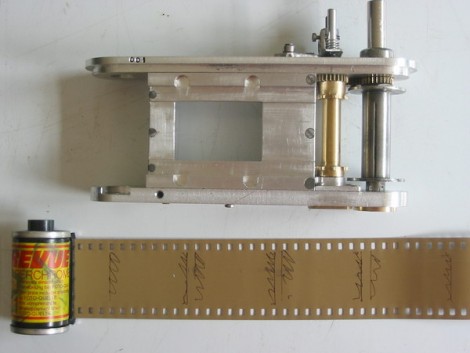We’re quite sure that fathers parents people reading Hackaday wonder how to introduce their children acquaintances to the wonderful world of electronics. The Mirobot (Kickstarter link) might just be a good way to do so. As you may see in the picture above the Mirobot is a small WiFirobotics kit that children can build themselves to learn about technology, engineering and programming.
The laser cut chassis is assembled by snapping it together. All the electronics are left exposed to the outside so children may try to figure out which component does what. The robot is configured over your home WiFi via a Scratch-like visual programming tool. Everything (PCB, Arduino code, user interface) is open source.
The platform is based around the Arduino compatible ATMega328, two stepper motors, a Wifi module that can behave as a client or access point and 5 AA batteries. The campaign stretch goals include a collision detection sensor, line following functionality and finally a sound add-on.
Thanks [nickjohnson] for the tip.

















